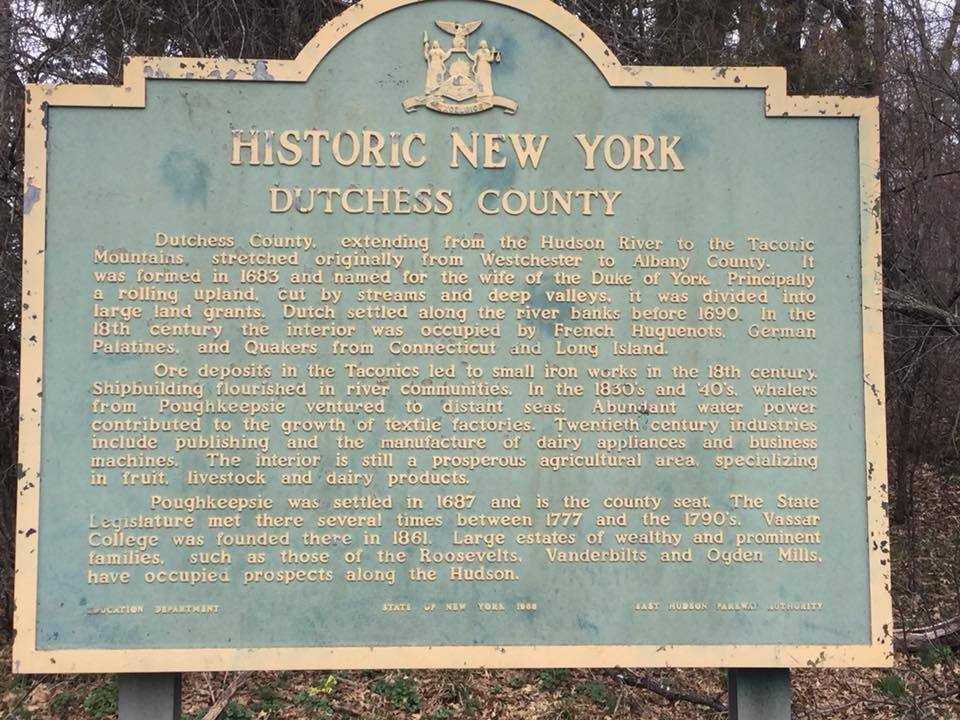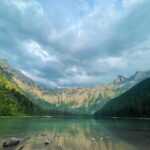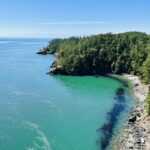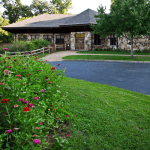James Baird State Park
Key Information
Contact Info
(845) 452-1489
Location
14 Maintenance Lane Pleasant Valley, NY 12569
Opening Hours
7am–7pm
Fee
Unavailable
Introduction of James Baird State Park
James Baird State Park is located on farmland that was originally held by James Baird, a builder and engineer whose firm built the Lincoln Memorial. Robert Trent Jones, a nationally recognised golf architect, developed a picturesque, somewhat flat 18-hole golf course on this wide area of farmland near Pleasant Valley. The par 5, 13th hole is one of the most difficult in the Hudson Valley, much to the pleasure of players. Aside from the golf course, the park now has a driving range, pro shop, clubhouse, and snack bar at the first and tenth holes. A full-service restaurant overlooks the golf course and is open to the general public as well as golfers.James Baird is honoured to host the Empire State Games, one of the country’s largest amateur sports competitions, in July 2005.
Camping
Location
History of James Baird State Park
James Baird gave 590 acres of land to New York State in 1939 with the condition that it be named James Baird State Park. The park and golf course construction began in 1940. Construction on the golf course continued periodically during World War II, and it was officially inaugurated in 1948.

James Baird State Park Activities
Boating
New York State has an incredible variety of water for you to enjoy. Boaters can take a leisurely cruise, fish in a favourite cove, or embark on a daring journey to explore new waters. The Atlantic Ocean, the Long Island Sound estuary, and the St. Lawrence Rivers are among New York’s many natural wonders. Enjoy two Great Lakes, eleven Finger Lakes, and Lake Champlain. Travel along the New York State Barge Canal, which connects the Hudson River to the Great Lakes. Paddle dozens of beautiful, pristine Adirondack lakes, as well as hundreds of other streams, lakes, rivers, and ponds in New York State Parks.
The primary purpose of the Office of Parks, Recreation, and Historic Preservation is to provide the public with a safe and comfortable environment for recreational boating. We accomplish this by creating educational materials to assist boaters in developing safe boating behaviours. We promote water safety by assisting law enforcement around the state with training and patrol vessels.
Swimming
Staff and lifeguards at New York State Parks work hard to keep our guests safe. Swimming is permitted in certain places with lifeguards present. Follow these guidelines for an enjoyable and safe time:
Take the initiative.
Ascertain that everyone in your group knows how to swim.
Swimwear should be brightly coloured. For light-bottomed pools, neon pink and orange provide the best visibility. Neon green, neon orange, and neon yellow are the most noticeable in lakes and pools with dark bottoms.
Consider taking CPR classes. Every second matters in an emergency.
Be conscious of the circumstances.
Swimming in the ocean is considerably different than swimming in a pool, so be prepared for huge waves, heavy surf, and startling drop-offs.
Rip currents arise around a shallow area in the sea and can occur on any beach with breaking waves, including the Great Lakes. If you become entangled in a rip current, try not to fight it. Swim parallel to the shore until you’re clear of the stream, and then float or tread water if you get tired. More information from the National Weather Service: Break the Rip’s Grip! Leaving State Parks in New York
Keep your distance from the water’s edge. The combination of jagged, slippery rocks and murky water can be dangerous.
Keep the regulations in mind.
Only swim in designated locations and while a lifeguard is on duty.
Prohibited swimming regions are frequently associated with hazards such as violent underwater currents, extreme cold, and a broad range of depths. Even good swimmers can be jeopardised by these threats.
For best visibility, swim near a lifeguard station. Always follow their instructions, and make sure any children you’re swimming with do as well.
Keep an eye out for red flags and understand what they represent. Green flags usually indicate designated swimming areas; swim between the green flags. Yellow flags can indicate either a surfing beach or an advisory. Red flags represent a potential threat or hazard. Flag designations can differ, so be sure you understand the colour coding before diving in.
Pay close attention.
Always swim while sober.
If you’re swimming with youngsters, assign a “water watcher” who will keep a tight eye on them at all times. This person should not be reading, talking on the phone, or doing anything other than observing. Never leave a child unattended in a swimming pool.
Recognize the warning signals of trouble: While we expect troubled swimmers to wave their hands and make a lot of noise, this is not always the case. People whose heads are low in the water (mouth submerged) or tilted back with mouth open, eyes closed or unable to focus, legs vertical in the water, or who are swimming but not making progress should be avoided.
Beach Results for Swimming Water Quality
Golf
Some of New York’s best courses and golf values can be found within state parks, including the famed Black Course at Bethpage State Park, which has hosted two previous US Opens and the 2019 PGA Championship and will host the 2025 Ryder Cup; the Robert Trent Jones-designed Green Lakes, James Baird, and Montauk Downs courses; the championship course at Saratoga Spa, and many more!
Pavilion
Are you arranging a special event and looking for the ideal location? Discover New York State Parks’ pavilions! There are over 250 pavilions and picnic shelters around the state, so there is bound to be one that is ideal for your event. Sizes and facilities range from tiny gazebos to enormous covered shelters with restrooms for 600 people.
Hunting
New York State has an incredible array of wildlife that contributes significantly to the state’s biodiversity and recreational resources. Wildlife viewing, hunting, and fishing give pleasant outdoor experiences throughout the state. According to the New York State Department of Environmental Conservation (DEC), hunting is one of the state’s most popular types of wildlife recreation, attracting approximately 700,000 New Yorkers and over 50,000 out-of-state visitors. Hunting is a safe and economically essential outdoor activity that promotes family traditions while also cultivating a knowledge and respect for the environment and the complexities in which it functions.
To be a successful hunter, one must first study about wildlife biology and monitor the habits of the species under consideration. Every year, many boys and daughters accompany their parents to learn the necessary skills of spotting signs of animals in the forest and what those various signals indicate, such as a rub on a tiny tree from a buck’s antlers and how long ago the mark was left. There are special youth hunt seasons where children (ages 12-15) and their guardians can hunt without feeling pressured by the normal season.
Before purchasing a hunting licence in New York State, all hunters must complete one or more state-licensed sportsman’s education classes. Any deer, turkey, or bear harvested must be reported by all hunters, along with the sex, date, and county. This reporting method assists the New York State Department of Environmental Conservation in establishing statewide population estimates for these species as well as monitoring the hunting programme and authorised harvest. Hunters are staunch conservationists, with money raised from licence fees and taxes on rifles and ammunition going to animal species conservation. Furthermore, hunters create approximately $1.5 billion in economic activity throughout the state.
Parking
Parking is available
Public Transport
Public Transport is not available.



